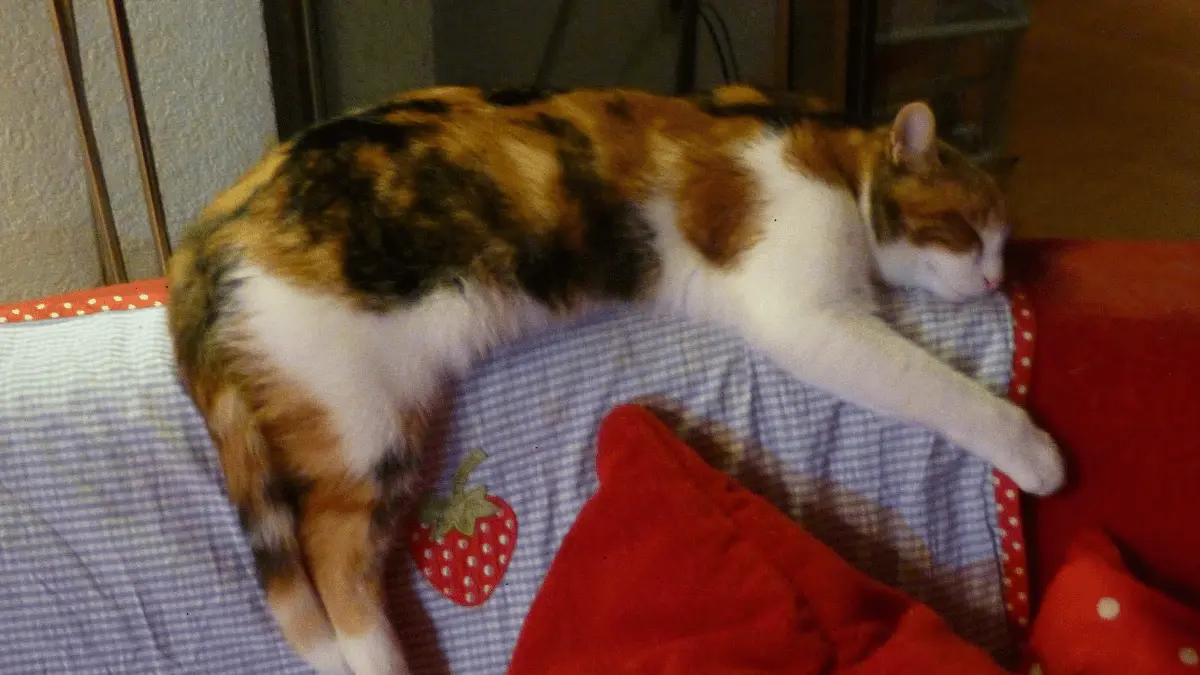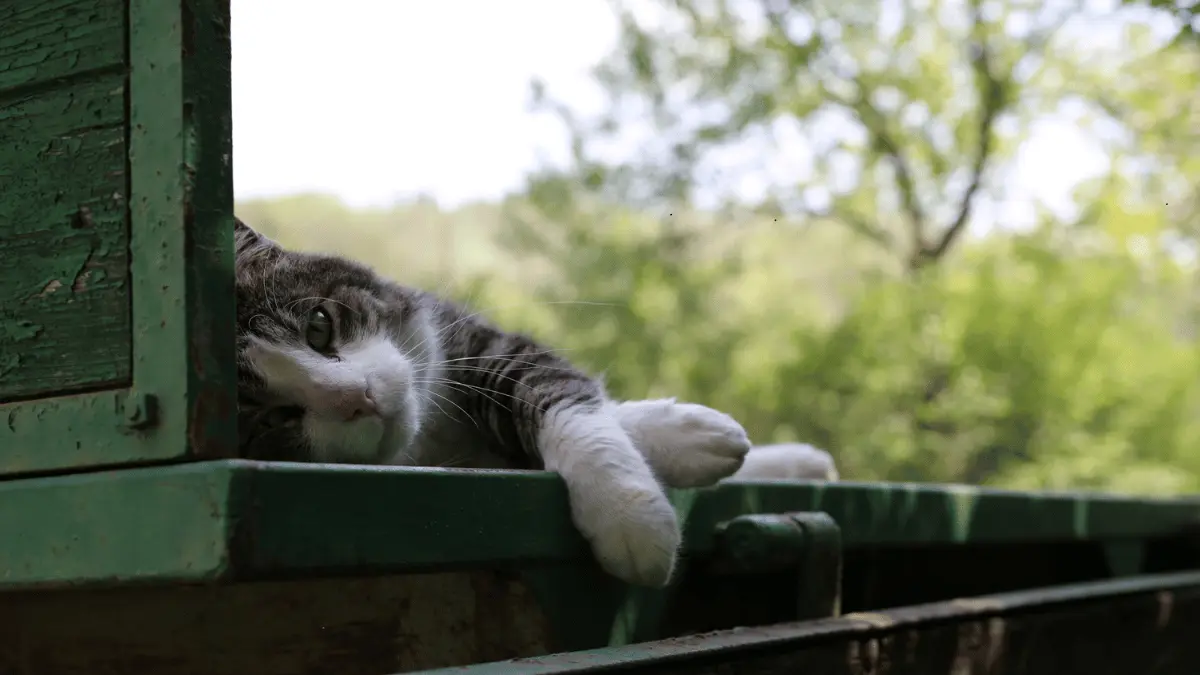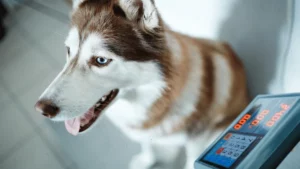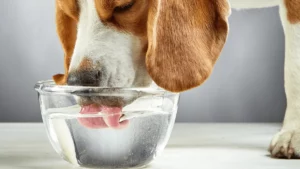Is Your Cat Limping? This is Probably Why
If your feline friend is limping, it can be a cause for concern. A limp often indicates an underlying health issue that needs attention. This blog post will explore the most common reasons for a cat’s limp and offer advice on what to do.
Common Causes of Cat Limps
- Injuries:
- Trauma: Accidents, falls, or being hit by a car can cause injuries like broken bones, sprains, or strains.
- Paw Pad Injuries: Cuts, punctures, or burns can affect a cat’s ability to walk comfortably.
- Foreign Objects: Objects lodged in the paw or leg can lead to pain and lameness.
- Arthritis:
- Osteoarthritis: This degenerative joint disease is common in older cats, causing joint pain and stiffness.
- Rheumatoid Arthritis: An autoimmune disease that can lead to joint inflammation and pain.
- Infections:
- Neurological Issues:
- Intervertebral Disc Disease (IVDD): A condition where the discs between vertebrae can herniate, causing pain and paralysis.
- Nerve Damage: Injuries or diseases can affect the nerves in the legs, leading to weakness or paralysis.
- Other Conditions:
- Tumors: Malignant or benign tumors can cause pain and lameness.
- Metabolic Disorders: Conditions like diabetes or kidney disease can affect the limbs.
When to Seek Veterinary Care
If your cat is limping, it’s important to consult a veterinarian promptly. Early diagnosis and treatment can prevent further complications. Here are some signs that warrant immediate attention:
- Severe pain
- Inability to bear weight on the affected leg
- Difficulty walking or jumping
- Loss of appetite or lethargy
Preventing Limps in Cats
- Regular check-ups: Schedule routine veterinary visits to monitor your cat’s health.
- Indoor cats: Keep your cat indoors to protect them from accidents and injuries.
- Weight management: Maintain a healthy weight to reduce stress on joints.
- Paw care: Inspect your cat’s paws regularly for cuts, punctures, or foreign objects.
A limping cat can be a sign of a serious health problem. By understanding the potential causes and seeking veterinary advice when necessary, you can help your furry friend recover and live a happy, healthy life.
Keywords: cat limping, cat lameness, cat injury, cat arthritis, cat infection, cat neurological issues, cat paw care, cat health, veterinary care














